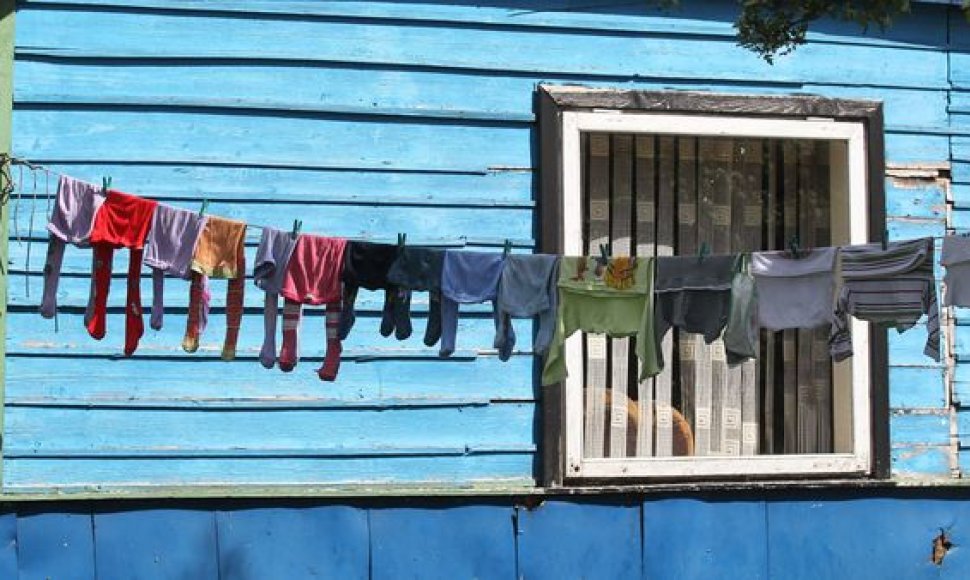According to the document, Roma girls and women will be instructed on sanitary and hygiene issues. Cultural identity camps will be organized for children, and their non-formal education will be taken care of. Various educational activities will be organized at the Roma Community Center, and two teacher assistants will be employed to work with Roma children.
Adults will be advised on Lithuanian citizenship, issuance (change) of national ID cards, passports and residence permits. They will also be taught to use computers and speak Lithuanian.
The Ministry of Culture also wants classes on Roma history and culture to be included into secondary school curricula.
There are also plans to organize seminars and discussions for public servants and other targeted groups on equal rights and discrimination and also to use the mass media to promote Roma culture, their customs and traditions and ensure their rights.
According to statistics, the number of Roma children attending secondary schools has risen from 276 in 1996-1997 to 527 in 2011-2012. However, the majority of Roma people have only primary education and few manage to finish a part of the secondary education. On average, Lithuanian Roma people spend 6-7 years in school, while one fourth of them have only primary education, which limits their chances of later employment. More than a third of Roma people subsist on social benefits.
According to information by the Equal Opportunities Ombudsman Office, 25 percent of complaints about discrimination on the basis of nationality, race, ethnicity and origin came from Roma people in 2010. One investigation was launched in 2011 at the initiative of the Office.
A survey in 2011 showed that 64.6 percent of the Lithuanian population would not want to live near Roma people.
Lithuania decided to draft and approve a Roma integration plan following a special communiqué by the European Commission last April.












